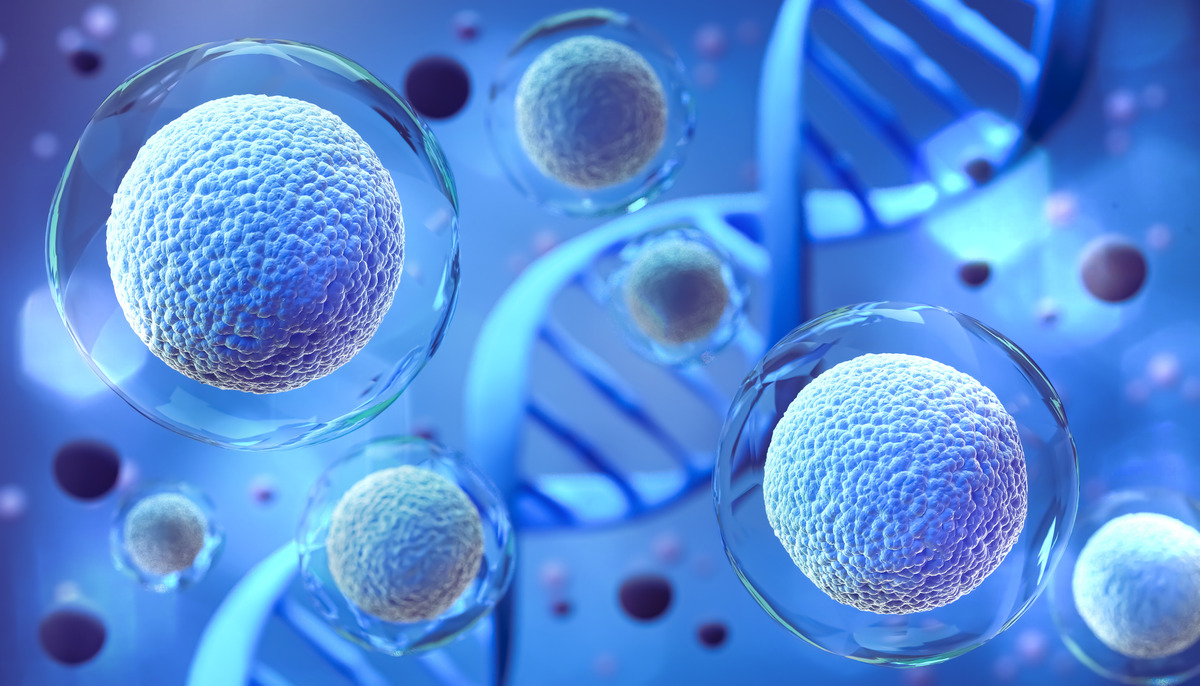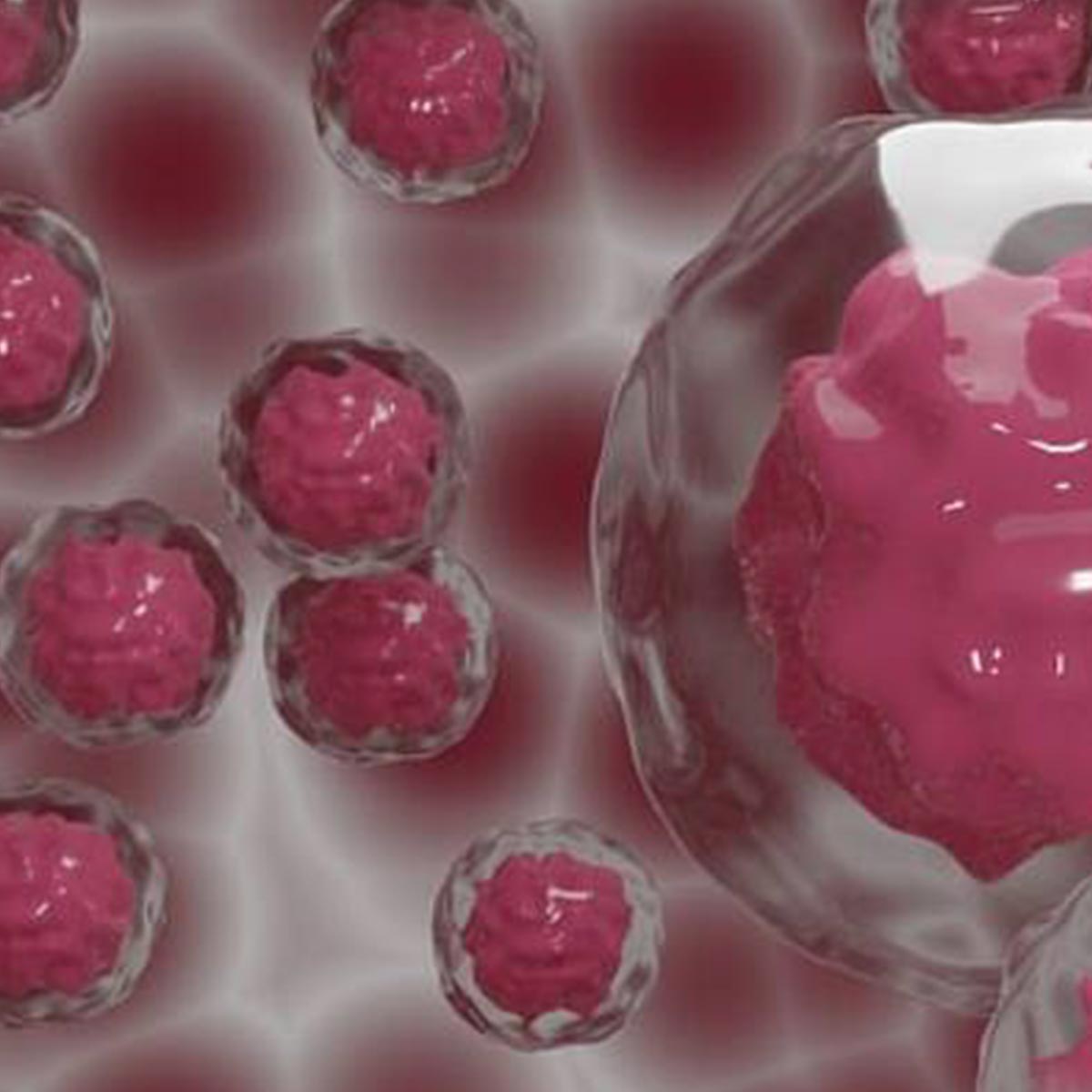Diseases That Can Be Treated With Cord Blood Stem Cells

Stem cell therapy has emerged as a revolutionary treatment for life-threatening diseases. Earlier, appropriate treatments were not available to cure critical diseases like cancers and neurological disorders. Although procedures exist to halt the progress of the disease, no medically approved treatment exists to treat the root cause of the disease.
However, cord blood stem cells offers new hope for curing life-threatening diseases. Stem cells have the unique ability to develop and mature into different cell types, making them a powerful tool in regenerative medicine. Let’s understand the types of diseases stem cell therapy can cure and how it works.
Which diseases can be cured with cord blood stem cells?
Let’s have a look at the full FDA-approved list of diseases that can be treated by stem cells:
Leukemia and Lymphoma
Stem cell transplants, particularly hematopoietic stem cell transplants (HSCT), are well-established treatments for certain types of blood cancers, such as leukemia and lymphoma. These transplants involve replacing diseased bone marrow with healthy stem cells, which can regenerate healthy blood cells.
Aplastic Anemia
When the bone marrow fails to produce sufficient blood cells, this condition is called Aplastic Anemia. Stem cell offers a curative approach by providing a new source of healthy bone marrow.
Parkinson's Disease
Parkinson's disease is a progressive neurological disorder where there is a significant loss of dopamine-producing neurons. Stem cell therapy aims to replace these lost neurons, thereby restoring normal brain function.
Spinal Cord Injuries
Spinal cord injuries can lead to permanent paralysis, and stem cell therapy holds the potential to regenerate damaged spinal cord tissue, promoting neural repair and improving motor and sensory functions.
Amyotrophic Lateral Sclerosis (ALS)
ALS, also known as Lou Gehrig's disease, is a neurodegenerative disorder that leads to progressive muscle weakness. Stem cell aims to protect and regenerate motor neurons, potentially slowing disease progression. While research is still in its early stages, initial results are encouraging, with some patients showing stabilization of symptoms.
Heart Disease
Heart disease, including myocardial infarction (heart attack), often results in the loss of cardiac muscle cells. cord blood stem cell offers a novel approach to regenerate damaged heart tissue, improve cardiac function, and reduce scar formation.
Peripheral Artery Disease (PAD)
PAD is characterized by reduced blood flow to the limbs due to blocked arteries. Stem cell can promote the formation of new blood vessels (angiogenesis), enhancing blood flow and alleviating symptoms.
Multiple Sclerosis (MS)
MS is an autoimmune disorder where the immune system attacks the protective covering of nerve fibers, leading to neurological dysfunction. Stem cell therapy, particularly autologous hematopoietic stem cell transplantation (AHSCT), aims to reset the immune system and halt disease progression. Studies have shown that AHSCT can lead to long-term remission in some MS patients.
Rheumatoid Arthritis (RA)
RA is an autoimmune disease that causes chronic inflammation and joint damage. Stem cell therapy, especially MSCs, has anti-inflammatory and immunomodulatory properties, offering potential relief from symptoms and disease modification.
Type 1 Diabetes
Type 1 diabetes results from the autoimmune destruction of insulin-producing beta cells in the pancreas. Stem cell therapy aims to regenerate these beta cells, restoring insulin production and glucose regulation. Research using iPSCs and embryonic stem cells (ESCs) has shown the potential to generate functional beta cells, offering hope for a cure.
Multipotent mesenchymal stem cells are said to reduce hyperglycemia in type 2 diabetes mainly by stimulating the regeneration of beta cells through different mechanisms. Hence, stem cell may prove beneficial for type 1 diabetes and type 2 diabetes treatment.
How does stem cell therapy work?
cord blood stem cell also known as regenerative medicine, is an advanced medical approach aimed at promoting the body's repair mechanisms to heal dysfunctional or injured tissues using stem cells. Stem cells can be collected from adults; however, adult stem cells have limited differentiation capability. However, embryonic stem cells collected from the umbilical cord have a high potential to mature into different adult cells.
So, the collected stem cells are injected into the affected area, and they mature into that particular cell type. The newly developed cells then replicate to create healthy cells, restoring normal cellular function and replacing the affected ones.
Wrapping up
As research progresses and challenges are addressed, stem cell therapy is poised to revolutionize the medical field, offering new hope for patients worldwide. If you’re searching for stem cell therapy in India then know that the stem cell therapy cost in India could vary depending on the type of disease and treatment needed.
Stem cell represents a transformative approach to the treatment of various diseases, from hematological and neurological disorders to cardiovascular and autoimmune diseases. Advances in stem cell research and technology continue to expand the potential applications of this innovative therapy.
At Cryoviva Life Sciences, we are committed to advancing stem cell research and developing cutting-edge therapies to improve patient outcomes and quality of life. Book an appointment today to store and preserve your newborn’s stem cells.






 Enquiry
Enquiry
 Email
Email Phone
Phone
 Whatsapp
Whatsapp